The 3rd Asia-Pacific CBR Congress
Inclusion in Vietnam
The University of Tokyo, Graduate School of Arts and Sciences
Research Fellow Toshiyuki Uwano
This paper focuses on BF (barrier free) as the fundamental principle of social participation of persons with disabilities and discusses inclusion in Vietnam from the viewpoint of barrier free of Vietnamese public transport system. Inclusion in Vietnam has physical barriers but citizens support persons with disabilities. This system will be analyzed through fieldwork, survey and understanding of culture of the region by the author who is a wheelchair user.
The author believes that the process of BF starts with the relationship between persons with disabilities, business companies and the government. In addition to this tripartite relationship, citizens and society are influential element to BF. According to the 2005 survey by the Japan cabinet office, the term “barrier free” and its meaning is recognized by 84.1 % of the Japanese citizens1. From this result, it can be said that the concept of BF is deeply routed in the society in Japan. On the other hand, the term equivalent to BF in Vietnam2 is recognized by 43% of the citizens in Hanoi and 44% in Ho Chi Minh3. The term BF has not yet spread to the local citizens. Although the term BF is not common in Vietnam, Vietnam is able to construct a society, which makes barriers not so inconvenient for people.
Vietnam has just ratified “the Convention on the Rights of Persons with Disabilities” on 5th February 2015. The government has started different projects for BF concerning buildings and public transport system but achieving this is not so easy.
BF bus project was started in the three big cities of Vietnam, Hanoi, Ho Chi Minh and Da Nang but the project itself has ceased in already in two of the cities. Many BF facilities made by business companies are impractical. According to the 2009 announcement of Bureau of Statistics in Vietnam, 7.8 % of the Vietnamese are persons with disabilities. This number is the largest compared with other East Asian countries4 that are included on the Disability at a Glance 2012. This is due to the fact that in Vietnam there are wounded war veterans and defoliant victims of the Vietnamese war in addition to other disabilities common in other countries, caused by diseases and traffic accidents. In such situation Vietnam is in great need for BF. Yet the persons with disabilities understand that since Vietnam is a socialist country that is still developing BF is still very difficult to achieve immediately due to governmental and economical factors. Looking at the tripartite relationship, people believe that the delay of BF is due to the fact that the government and the business companies have weak economic power. The persons with disabilities thus have an optimistic attitude that “they have already demanded for BF and all they have to do for the time being is to wait”.
In such situation how do citizens and society influence BF? To find out the citizen’s attitude towards BF bus project, the author conducted a survey (to 134 people in Hanoi and 144 people in Ho Chi Minh) once in 2011 and again in 2012. The contents of the survey consists of five parts and the content are as follows: (1) Background of the respondent, (2) Daily lives of the respondent, (3) The main transport that the respondent uses and the respondent’s views towards public transport system (4) Respondent and Persons with Disabilities, and (5) Participation for Persons with Disabilities and public transport. This was aimed to not only to directly ask for the necessity of BF bus to citizens that is the biggest concern of the author but research about other things. There is a policy problem of the Vietnamese government to alleviate traffic congestion of motorbikes after social participation of persons with disabilities. In (3) it is intended to arouse awareness of the respondents of the society that uses motorbikes as transport and then ask their views towards such public transport system. (4) is intended to make the respondents think about persons with disabilities and (5) finally asks for the public citizens’ views towards BF bus for participation of persons with disabilities.
The results of the survey showed that in Hanoi 97% agreed and in Ho Chi Minh 98% agreed on the necessity of the BF bus. The survey with no response was not treated as “agree” so nearly 100% of the respondents answered “necessary” for BF buses. This may be due to that fact that in the free answer section, the respondents frequently used the term “hòa nh?p c?ng đ?ng”(Inclusion in the society). On the other hand, respondents who clearly disagreed wrote “Infrastructure development of the whole society should be the first priority”
Yet 70% of the respondents answered “I do not know BF bus・I have never seen BF bus” .There will be no conformity between reality and imagination since the respondent did not know about BF bus so another question was focused. The question was “How long can you wait for the wheelchair to be boarded on the bus?”. This question was asked based on the author’s own experience. When the author was boarding the bus in Japan using the transfer aid system, complaints of time loss were heard from the passengers. In the primary survey there was a response, “I cannot believe that Vietnamese can wait for the wheelchair to be boarded on the bus” so such question was asked.
According to a previous study5, the average time necessary for the wheelchair to be boarded on the bus using the transfer aid system is 4 minutes 53 seconds and the longest time needed is 9 minutes 5 seconds. So the longest time and anticipating some trouble, the basis time was 10 minutes. For the response to the question “I can wait for more than 10 minutes”, people in Hanoi answered 10 minutes (22%), 15 minutes (10%) and 20 minutes (4%). In Ho Chi Minh, 19% of the people answered 10 minutes, 10% answered 15 minutes and 4% answered 20 minutes. 12 % of the people in Hanoi and 22 % of the people in Ho Chi Minh answered that they will wait until the boarding of the wheelchair finishes. From the above response it can be said that nearly 50 % of the respondents can wait for the wheelchair to board. Also if the waiting time is decreased to 5 minutes there were 32% respondents in Hanoi and 24% respondents in Ho Chi Minh and this can account for approximately 80% of the respondents. Out of the 13 respondents in Ho Chi Minh that has actually seen a BF bus, 6 people answered “until the wheelchair has been boarded” and 7 people answered from 5~10 minutes. In reality 10 minutes seems to be the time limit for waiting. 10 minutes is enough time for the wheel chair to be boarded. In the primary survey approximately 20% answered less than 5 minutes which is the equivalent to the answer “I cannot wait” since 5 minutes is not enough time for the wheelchair to board. In Hanoi 7% answered 1~2 minutes, 7% answered 3 minutes, 4 % answered “it depends” and 2% did not respond to the question. In Ho Chi Minh, 8% answered 1~2 minutes,7% answered 3 minutes, 3% answered “it depends” and 3% did not respond to the question. From the above results, it can be said that approximately 80 % of the respondents show understanding towards BF bus.
Based on the author’s experience it is anticipated that Vietnamese people who are not willing to wait will not just stand there but will try and make action such as helping to board the wheelchair. In Ho Chi Minh where the BF bus project is still in action, there are non step buses and buses with lifts and also one step bus where the bus driver and the passenger lift the wheelchair passengers to board the bus. It is common to see people helping others in need in Vietnam for example people on the bike taxi and cyclo also help people in need. This in an example of an inclusive society.
On April 2015, the author conducted a survey in Ho Chi Minh to research about the spread of BF bus and social participation of persons with disabilities. About 8 years have passed since the beginning of the project but there are only 11 BF buses (approximately 0.4%) out of 2783 buses in Ho Chi Minh. In the 2011 survey, only 9% had actually seen the BF bus but in 2015, 30 out of 86 people have actually used the bus and 10 people out of the 30 who have used the bus has seen wheelchair users on the bus. BF buses are less than 1 % of all the buses but nearly 20~30 % of the respondents have actually seen a wheelchair user on the bus. This shows that the introduction of BF buses has lead to social participation of persons with disabilities and BF society is spreading.
Finally, the origin of the inclusive society in Vietnam will be discussed. When we think about inclusion, it is necessary to think about the barrier of the mind. In developed countries, the views towards persons with disabilities are pity and there is a notion of discrimination that looks down on the persons with disabilities. This notion is also found in Vietnam that has experienced social welfare traditions of developed countries. Yet this notion is not strongly routed in the Vietnamese society. A Vietnamese described the reason for the social tradition of helping those in need including persons with disabilities as duy tình6 and Vietnamese inclusive society have mercy towards the persons in disabilities. The knowledge and experience of social welfare developed countries that consider mercy as discrimination may serve as a model for the Vietnamese society. Yet considering this model that is taken from developed countries with different background and culture as correct may have negative effects on the Vietnamese culture. It may be one way to construct Vietnamese inclusive society by respecting duy tình society that gives a helping hand to persons with disabilities.
≪References≫
Hotta, Kawakami and Kobayashi(2005). “Kurumaisu riyousha no basu riyou ni okeru bariafuri no jittai to kadai ni kansuru chousakenkyuu kanazawa ni okeru jirei” [Survey of Barrier free In wheelchair users on the bus Case study from Kanazawa city], Doboku Keikakukenkyu・Kouenshuu.
Japan Cabinet Office(2012) “BFka suishin ni kansuru kokumin ishiki chousa” [Public awareness Investigation of Barrier Free] Baria furii yunibaasaru dezain no suishin fukyuukousaku ni kansuru chousakenkyuu [Survey on measures to spread barrier free・universal design ]
UNESCAP Disability at a Glance 2012.
1 The recognition of the term and not its meaning is 93.8%.
2 BF in Vietnamese is ti?p c?n.
3 According to the 2011 and 2012 survey conducted by the author(mentioned in the latter part).
4 In this paper, East Asia refers to Northeast Asia (Far East Asia) and Southeast Asia.
5 Hotta, Kawakami and Konayashi(2005).
6 According to Vietnamese native speaker, it is difficult to find the appropriate translation in Japanese but it is close to “ninjyou”(human feelings) in Japanese .
Slide 1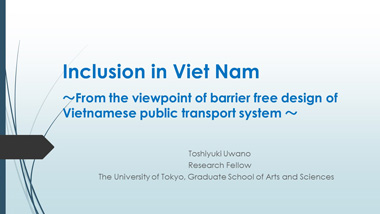 (Slide 1 text)
(Slide 1 text)
Slide 2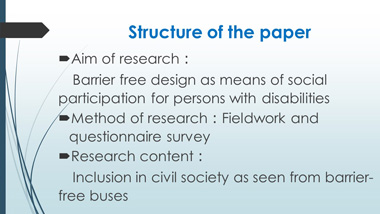 (Slide 2 text)
(Slide 2 text)
Slide 3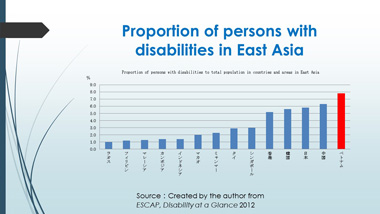 (Slide 3 text)
(Slide 3 text)
Slide 4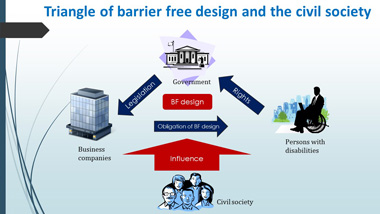 (Slide 4 text)
(Slide 4 text)
Slide 5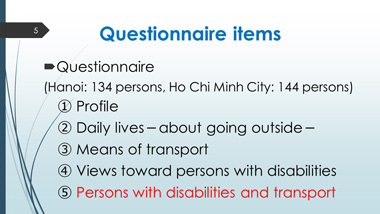 (Slide 5 text)
(Slide 5 text)
Slide 6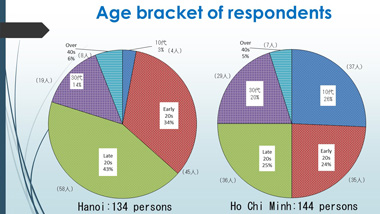 (Slide 6 text)
(Slide 6 text)
Slide 7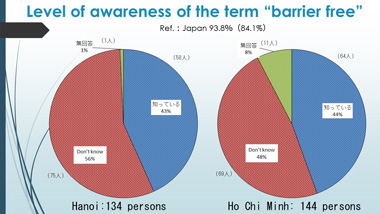 (Slide 7 text)
(Slide 7 text)
Slide 8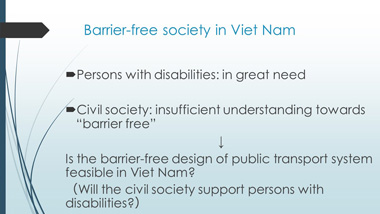 (Slide 8 text)
(Slide 8 text)
Slide 9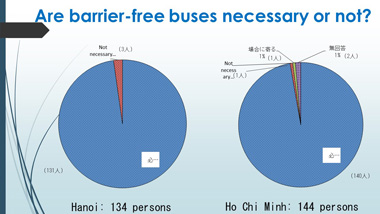 (Slide 9 text)
(Slide 9 text)
Slide 10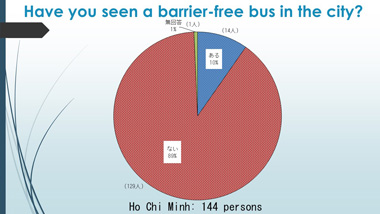 (Slide 10 text)
(Slide 10 text)
Slide 11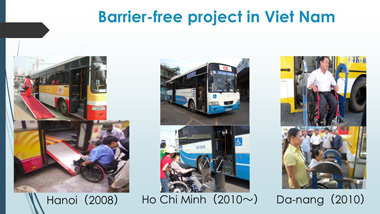 (Slide 11 text)
(Slide 11 text)
Slide 12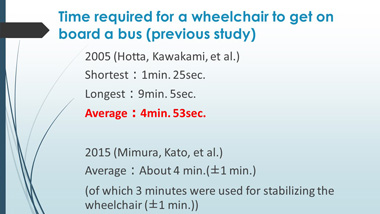 (Slide 12 text)
(Slide 12 text)
Slide 13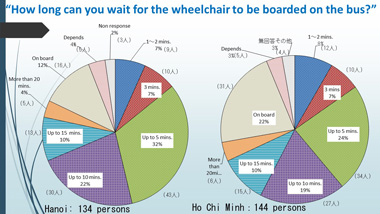 (Slide 13 text)
(Slide 13 text)
Slide 14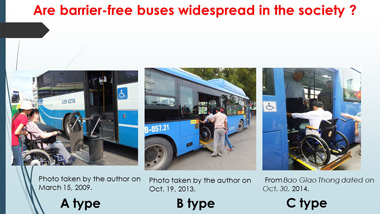 (Slide 14 text)
(Slide 14 text)
Slide 15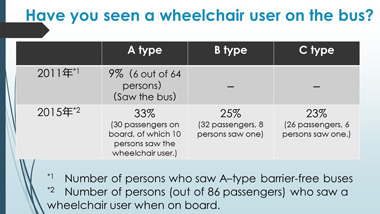 (Slide 15 text)
(Slide 15 text)
Slide 16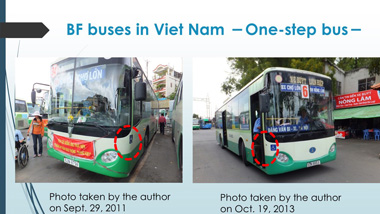 (Slide 16 text)
(Slide 16 text)
Slide 17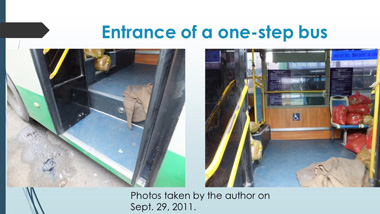 (Slide 17 text)
(Slide 17 text)
Slide 18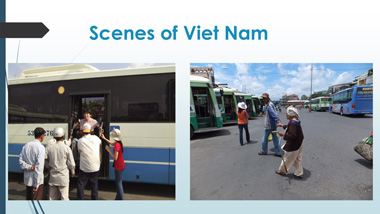 (Slide 18 text)
(Slide 18 text)
Slide 19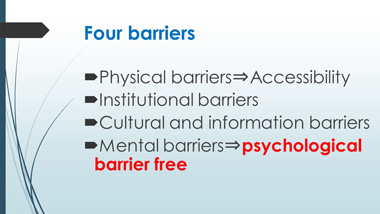 (Slide 19 text)
(Slide 19 text)
Slide 20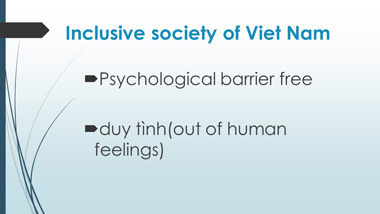 (Slide 20 text)
(Slide 20 text)
Slide 21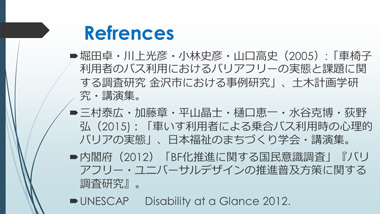 (Slide 21 text)
(Slide 21 text)
Slide 22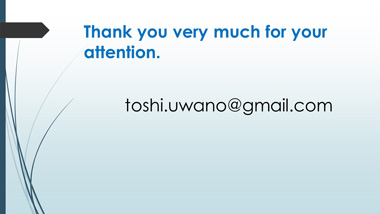 (Slide 22 text)
(Slide 22 text)
